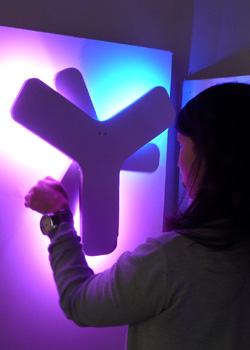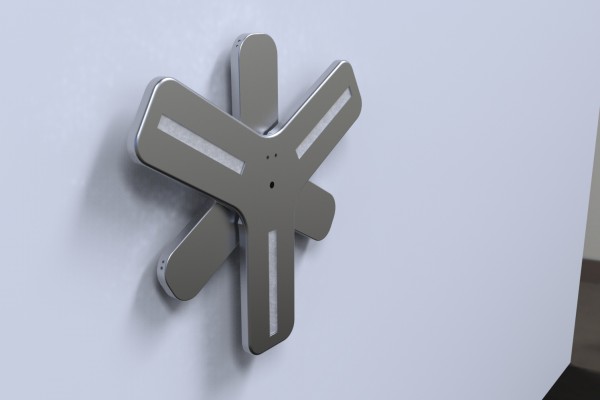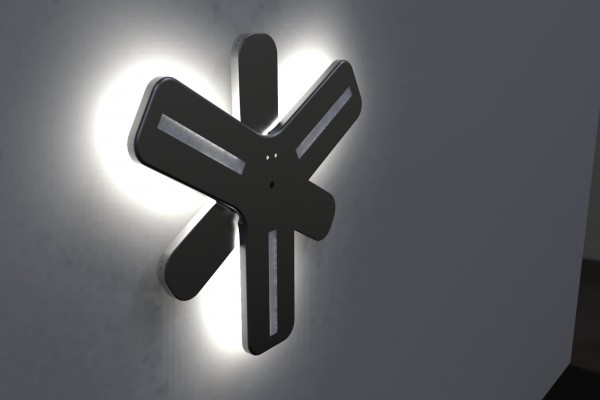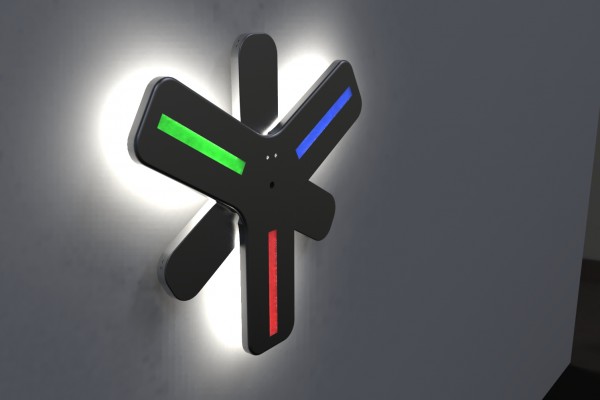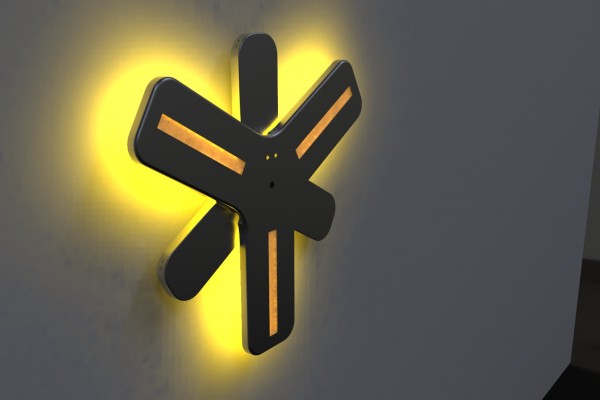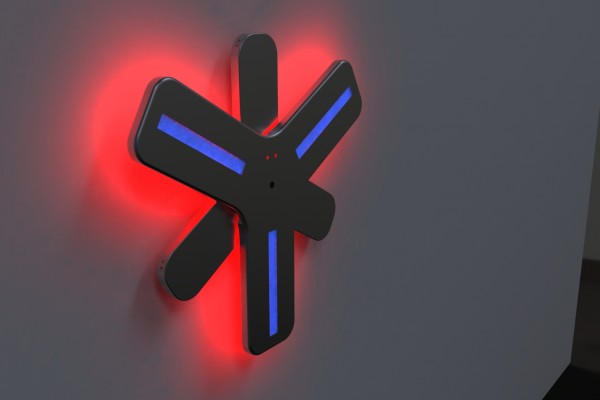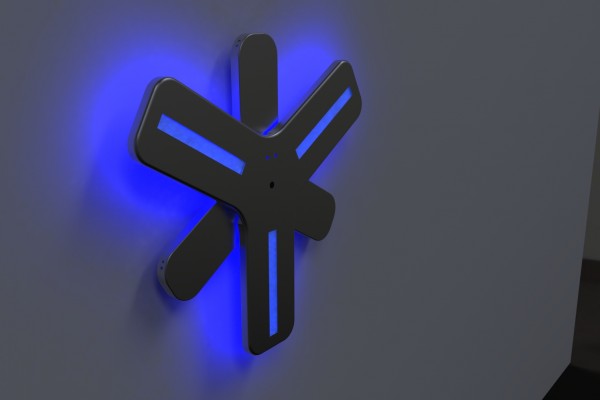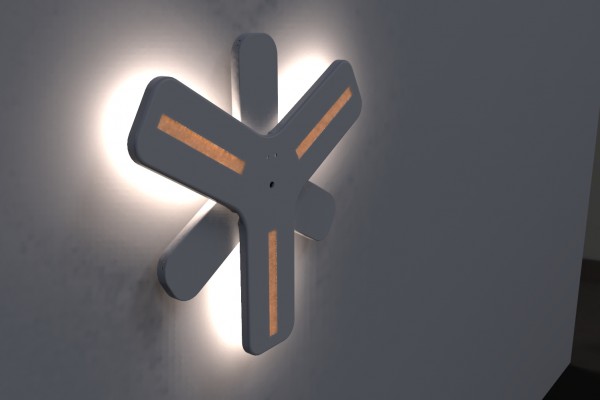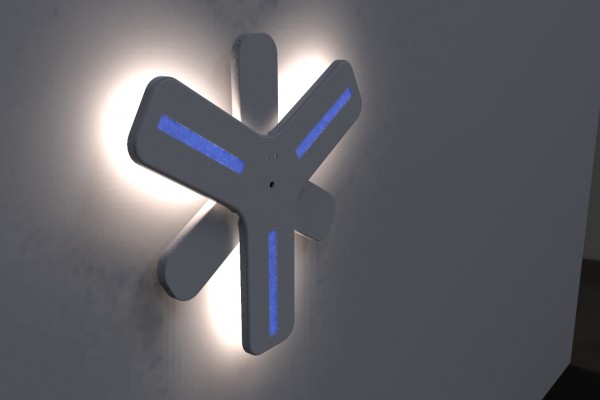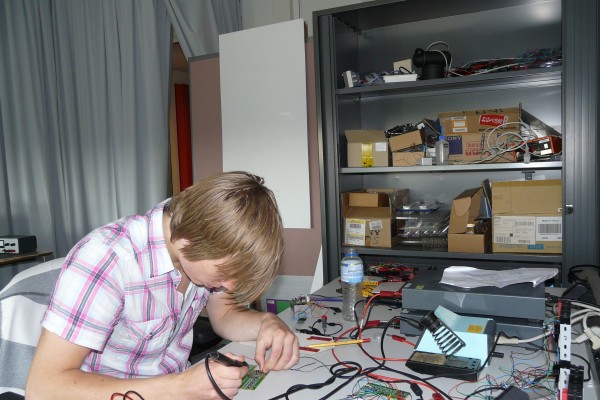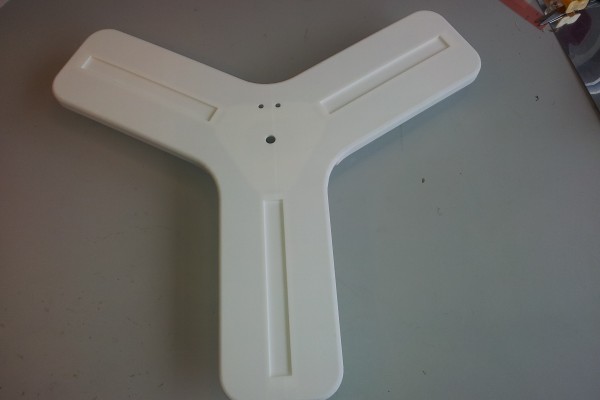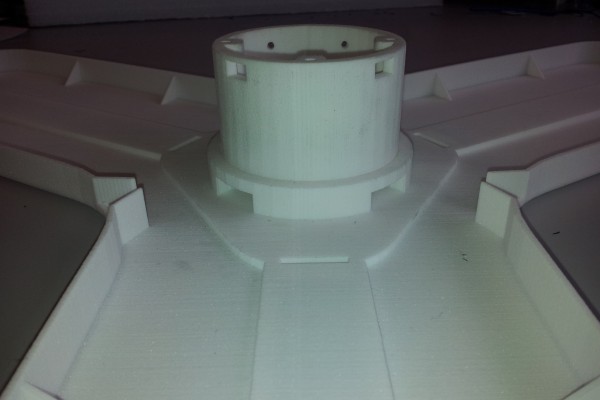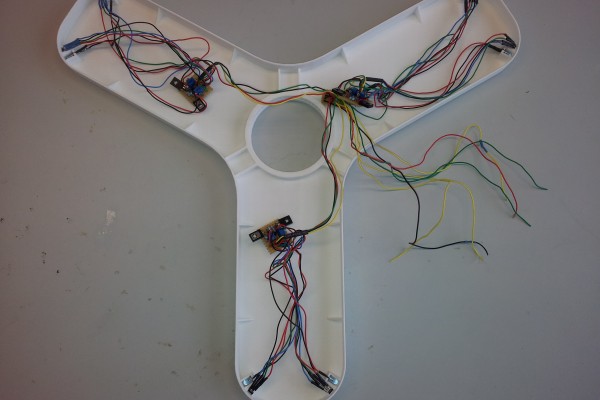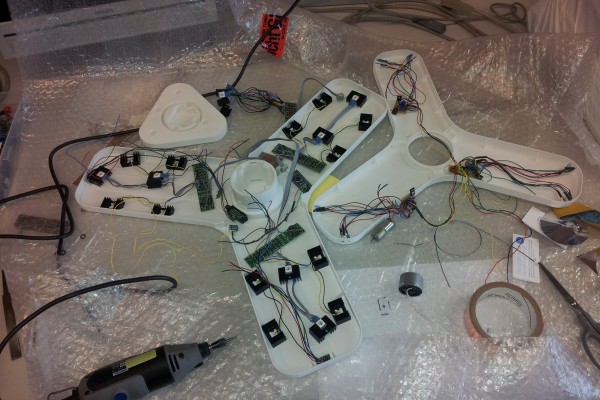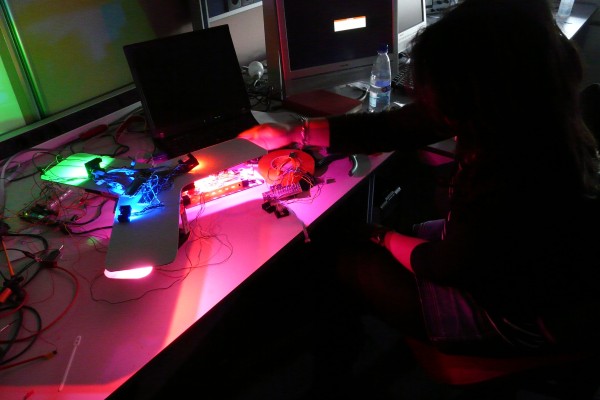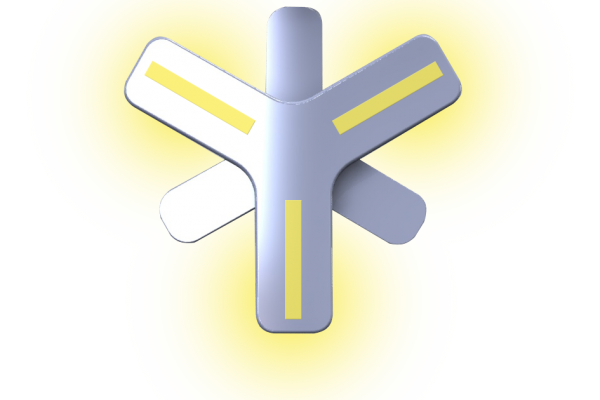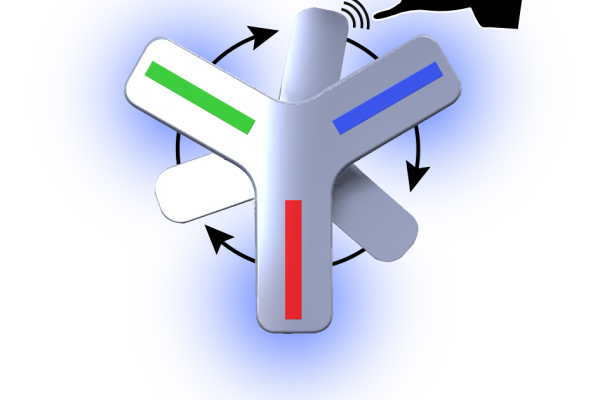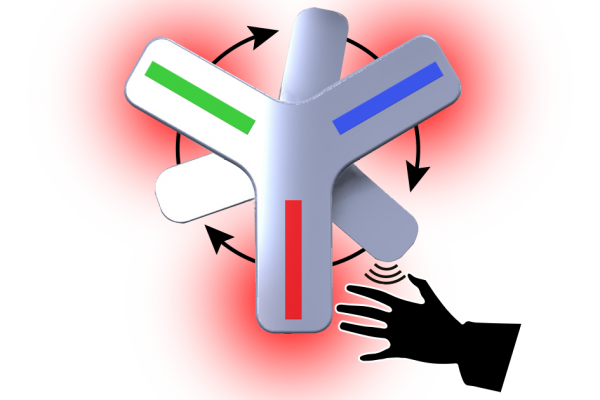Project Type: Internship
Project Year: 2011
Project Duration: 1 semester
Project Client: Philips
Project Team: Individual
Project Focus
- Latent need finding
- Concept development
- Prototyping
- Electronics
- Programming
- LED Lighting
 During my internship at Philips I was part of an experimental project group of both the Intelligent Lighting Institute and Philips Research.
During my internship at Philips I was part of an experimental project group of both the Intelligent Lighting Institute and Philips Research.
During the first phase of the internship I learned to use some new techniques and tools to observe users and to gain insights in their (latent) needs. I really like this approach and it fits my desires to actively involve the user within my design process. Besides this I noticed that again I like to design products or services that really bring value to my target user. I really began to see a leading motif through my work as designer and became more confident about my vision and identity I have as designer.
Working in a big multidisciplinary team showed me that in order to get nice results as a designer you have to be able to communicate your ideas to all the different parties and be able to integrate all the different competency areas with the design process; be it a engineer, stakeholders or a psychologist. I noticed I really like to be in this ‘middleman’ position and I took the chance to talk to as much different people with different backgrounds as possible to get both input and feedback on my project. I again saw the value that being able to communicate with all these different experts can bring and that they can provide a nice frame of reference for my design process.
During my internship I developed the “Pet-lumminaire”: a lumminaire that exhibited pet like behaviour.
While you use the Luminaire it gathers data about its usage such a day, time and selected lighting condition and ‘learns’ about your lighting preferences. After some time, when the Luminaire has gathered enough data it starts to try to fulfill in your lighting needs automatically as soon as you enter the room. An example of this would be that if every Monday you come home late from school and start to relax for a while by setting your Luminaire to a soft gentle coloured light scheme, the light will after some time as soon as you enter your room on Mondays automatically selected the right lighting scheme making your environment more pleasant. After it gets to know your routines it will also start to show moods; as soon as you come home on an expected time, the Luminaire will become happy, but if you do not show up for several days, breaking your routine, it will become sad. The mood will reflect both in the way the Luminaire behaves as in the interaction with the Luminaire.
One of the requirements of the Luminaire was that it provided interaction on demand. The way to interact with the Luminaire is different from that of regular lamps and is more interesting than just pushing some buttons. You turn it on by just a gentle touch anywhere on its body and change colour through physical interaction.
In order to provide this physical interaction
three of its flower leaves can move around and turn.
They do so by holding your hand near one of the ‘leaves’ and depending on the mood of the Luminaire (be it shy or enthusiastic) it will follow your hand or turn away from it.
By rotating the leaves the Luminaire changes
it colour. As soon as you start to touch the Luminaire the three main leaves will each turn into respectively green, blue and red. Then by moving the smaller leaves in between the coloured ones a desired colour can be mixed and found. Below a picture of how this colour mixing would look like can be found.
When the top middle leave would be moved and positioned exactly in the middle in between the red and green coloured leaves, the lamp will become yellow. The same principle applies for the other two ‘leaves’, but in those cases the colour would be mixed between green and blue and blue and red. Through this physical interaction it becomes a more pleasurable feeling of ‘just changing the colour of the lamp’.
A final prototype was made to test it’s form and functionality.
Project Description
During my internship at Philips I was part of an experimental project group of both the Intelligent Lighting Institute and Philips Research.
During the first phase of the internship I learned to use some new techniques and tools to observe users and to gain insights in their (latent) needs. I really like this approach and it fits my desires to actively involve the user within my design process. Besides this I noticed that again I like to design products or services that really bring value to my target user. I really began to see a leading motif through my work as designer and became more confident about my vision and identity I have as designer.
Working in a big multidisciplinary team showed me that in order to get nice results as a designer you have to be able to communicate your ideas to all the different parties and be able to integrate all the different competency areas with the design process; be it a engineer, stakeholders or a psychologist. I noticed I really like to be in this ‘middleman’ position and I took the chance to talk to as much different people with different backgrounds as possible to get both input and feedback on my project. I again saw the value that being able to communicate with all these different experts can bring and that they can provide a nice frame of reference for my design process.
During my internship I developed the “Pet-lumminaire”: a lumminaire that exhibited pet like behaviour.
While you use the Luminaire it gathers data about its usage such a day, time and selected lighting condition and ‘learns’ about your lighting preferences. After some time, when the Luminaire has gathered enough data it starts to try to fulfill in your lighting needs automatically as soon as you enter the room. An example of this would be that if every Monday you come home late from school and start to relax for a while by setting your Luminaire to a soft gentle coloured light scheme, the light will after some time as soon as you enter your room on Mondays automatically selected the right lighting scheme making your environment more pleasant. After it gets to know your routines it will also start to show moods; as soon as you come home on an expected time, the Luminaire will become happy, but if you do not show up for several days, breaking your routine, it will become sad. The mood will reflect both in the way the Luminaire behaves as in the interaction with the Luminaire.
One of the requirements of the Luminaire was that it provided interaction on demand. The way to interact with the Luminaire is different from that of regular lamps and is more interesting than just pushing some buttons. You turn it on by just a gentle touch anywhere on its body and change colour through physical interaction.
In order to provide this physical interaction
three of its flower leaves can move around and turn.
They do so by holding your hand near one of the ‘leaves’ and depending on the mood of the Luminaire (be it shy or enthusiastic) it will follow your hand or turn away from it.
By rotating the leaves the Luminaire changes
it colour. As soon as you start to touch the Luminaire the three main leaves will each turn into respectively green, blue and red. Then by moving the smaller leaves in between the coloured ones a desired colour can be mixed and found. Below a picture of how this colour mixing would look like can be found.
When the top middle leave would be moved and positioned exactly in the middle in between the red and green coloured leaves, the lamp will become yellow. The same principle applies for the other two ‘leaves’, but in those cases the colour would be mixed between green and blue and blue and red. Through this physical interaction it becomes a more pleasurable feeling of ‘just changing the colour of the lamp’.
A final prototype was made to test it’s form and functionality.
Project Info
Project Type: Internship
Project Year: 2011
Project Duration: 1 semester
Project Client: Philips
Project Team: Individual
Project Focus
- Latent need finding
- Concept development
- Prototyping
- Electronics
- Programming
- LED Lighting
